Introducing a new product into a hospital or other healthcare facility is an increasingly arduous task, and compelling user centered design alone doesn’t ensure market success. Striking the right balance to ensure key priorities are met across both the complex healthcare ecosystem and the larger audience of device stakeholders could be the difference between market failure and success.
To compete and win in today’s marketplace, a company must recognize the adoption drivers at play and how their product’s values and infrastructure align to them within the ecosystem. While adoption drivers and their relative importance can vary across facilities, years of successfully navigating the healthcare space as part of our broad range capabilities in medical device development have revealed to us that three appear to remain constants: clinical goals, contractual relationships, and cost.
As these three drivers consistently impact adoption rates, an understanding of them and their relationship to any new product are key to achieving significant market penetration.
Clinical Goals
Certainly, a medical product must align with clinical goals to gain market acceptance. In general terms, these goals fall under three broad categories, which we’ve coined the three E’s: efficacy, efficiency, and ease of use. While it’s important that any new product meet baseline expectations across all three categories, real value is derived from credibly demonstrating meaningful differentiation across any or all of these clinical goals.
Efficacy extends beyond answering the question ‘does the product accomplish the job intended.’ Because of increasingly extensive FDA protocols, this has become more an assumption than a means of differentiation. For this reason, efficacy is most meaningful if linked in some way to patient outcome. Demonstrating an evidence-based relationship between product use and patient outcome and satisfaction is a compelling way to foster adoption.
Efficiency is also seen as a significant benefit, as hospitals and healthcare facilities continue to seek ways to optimize and expedite workflows. In order to demonstrate meaningful differentiation through efficiencies achieved with new product use, it’s important to recognize that the ultimate goal of clinical efficiency is increased patient throughput. Timesaving is most meaningful if quantified to demonstrate actual impact on patient turnover rates in the form of more consultations and cases per day.
Ease of use can also be leveraged to drive adoption, though it is arguably the most challenging to demonstrate in an unbiased, data-driven way. While this goal appeals primarily to the end user (clinician, surgeon, etc.) and is not as universal as the previous two unless it can be linked to efficacy (simplicity often begets safety by mitigating potential use errors), it is the goal most likely to drive brand loyalty and encourage long-term usage and advocacy. Consequently, if ease of use is a key lever, this benefit is likely best communicated through product demonstrations and trials – particularly within notably skeptical clinical communities that are resistant to change. Ease of use is typically only recognized once the product is in the hands of end-users.
Contractual Relationships
Vendor relationships and contracts (commonly group purchasing organizations – GPOs) also play a major role in new product adoption in healthcare. Often times, these facets prove to be limiting factors for smaller scale organizations and startups, and enablers for those that can leverage established competencies (e.g. sales force, brand equity, etc.). Recognizing this dynamic will likely influence go to market strategies for both parties.
While recent legislation has changed the role of the sales representative and the ways they can engage with clinical stakeholders, this relationship remains a key adoption driver, as reps are frequently the vehicle for new product introduction. This is particularly true among surgeons, who commonly rely on reps to keep them current on new offerings and techniques. Vendor relationships also extend to those in purchasing, biomed, and materials management in terms of customer service, maintenance, logistics, and inventory and supply. A positive experience will encourage continued use of existing products and adoption of new ones, while a negative experience is likely to impede any future business. In healthcare, you only get one chance to influence adoption.
GPOs and other means of optimizing buying power through bundling and/or network affiliations are also becoming increasingly common. As such, the impact of vendor contracts on new product adoption continues to rise. These contracts vary in terms and timing, but the end result is often the same – standardization across both manufacturers and SKUs. Not surprisingly, this is particularly true within commodity categories, however meaningful differentiation achieved through the three E’s still has the capacity to combat facilities’ desire to standardize.
Cost
More than any other driver, cost has the ability to trump all. While facilities are generally willing to pay a premium for a product delivering value that can be realized in the form of efficacy, efficiency, and/or ease of use, it’s important to understand the price elasticity threshold. All too often manufacturers price themselves out of the market or become a niche offering because there is a disconnect between the intended value and the associated cost. This is particularly true in healthcare because reimbursement rates remain constant regardless of incurred expenses (i.e. the tools and supplies that act as a means to an end). Due to the indirect relationship between incurred expenses and clinical profit margins, pricing tends to be more elastic unless a demonstrable value can be “reclaimed” via patient satisfaction, time savings, and/or ease of use.
Contact us to learn more.

